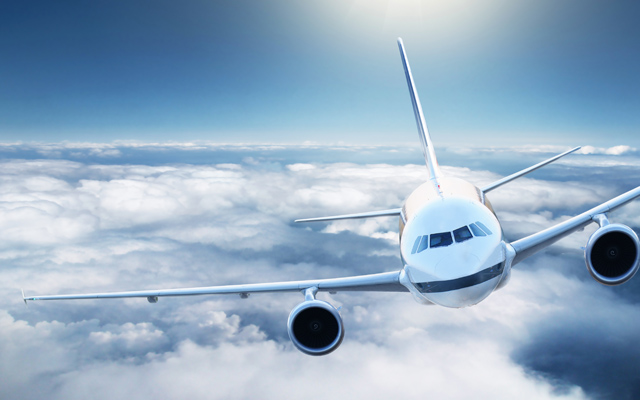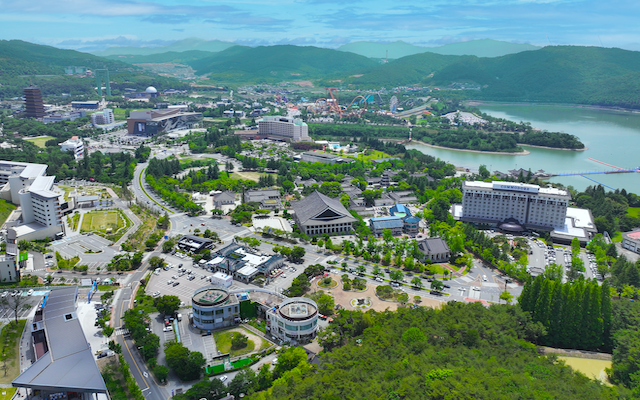Aviation experts weighing in on Singapore Airlines’ turbulence-related accident on Tuesday (May 21), where a 73-year-old passenger with a heart condition had died, say such fatalities are rare and that flying remains a safe way to commute over long distances.
The incident on SQ321, travelling from London to Singapore, occurred as the aircraft flew over the Irrawaddy Basin at 37,000 feet (about 11,277m) and dropped about 6,000 feet within minutes during sudden extreme turbulence, according to flight tracking data and updates from Singapore Airlines.

Thereafter, SQ321 made an emergency landing at Bangkok’s Suvarnabhumi Airport at 16.45 Singapore time.
A situation update from the airline issued early Wednesday morning stated that 79 passengers and six crew members are in Bangkok receiving medical treatment while those fit to fly have returned to Singapore on a relief flight that landed at Changi Airport at 05.05.
Speaking to Channel NewsAsia late on May 21, independent aviation analyst Alvin Lie said the intensity of turbulence experienced by SQ321 was likely “extreme” as it encountered clear-air turbulence (CAT), and that the phenomenon was rarely severe.
Stefan Wood, executive director at Air 7 Asia and pilot, who has flown in the region for the past 20 years, agrees that SQ321’s incident was unfortunate and rare, and stated that flying remains safe for travellers.
“Pilots in flight face turbulence associated with clear-air and convective weather such as thunderstorms. In the case of CAT, the aircraft can drop a couple of thousand-feet all of a sudden. Obviously, this will cause anything not buckled down to go flying,” Wood told TTG Asia in a call on May 22 morning.
Luzi Matzig, founder of Thailand-based VIP Jets, pilot, and chairman of travel and tourism firm Asian Trails Group, said “severe air turbulence can occur without warning” and injure passengers who are “on the way to or from toilets”. Injuries could be sustained when passengers are tossed against the plane’s ceiling and back onto the floor.
He stated that it would be wise for air passengers to “wear seatbelt at all times”.
Wood pointed out that the intensity of turbulence varies by aircraft size and flying altitude. Generally, larger aeroplanes are more stable while higher altitudes offer a more stable environment.
“The worst weather happens between 20,000 and 40,000 feet,” he said.
Larger passenger jets typically fly a maximum altitude of about 41,000 feet, whereas smaller private jets can go farther up to a maximum of 53,000 feet.
“To explain this simply, larger aircraft have to pressurise a larger cabin space, and it gets harder to pressurise at higher altitudes. On the other hand, smaller private jets have less cabin space to pressurise, hence it is easier to pressurise and can fly at higher altitudes,” said Wood.
Are flights more turbulent now?
Social media chatter seems to paint a picture of flights encountering more frequent and intense turbulence.
Anecdotal feedback from conversations this TTG Asia reporter had with air crew during long- and mid-haul flights since the start of this year also indicated more frequent turbulence in the past year, with onboard injuries and minor accidents such as bumps and spills becoming commonplace.
An editorial authored by Yann Cabaret, CEO of SITA for Aircaft, and published in July 2023 on the SITA site, stated that climate change has resulted in a rise in extreme weather events, which have a significant impact on aviation operations, including flight delays and compromised safety of passengers and crew members.
He pointed to research published in June 2023 by the University of Reading showing a significant increase in CAT over the past four decades due to the warming climate, particularly in the US, the North Atlantic, South Atlantic, Eastern Pacific, Europe and the Middle East. CAT increases in northern Brazil and parts of the coast of Antarctica were more modest in comparison.
The study did not provide observations of CAT over Asian airspace.
Wood offered a different view: “You can talk about climate change and global warming, but my observations in flight are that it (intensity and frequency of air turbulence) has not changed. Thunderstorms build up and weather patterns come through – these things happen.”
“Aircraft weather radars are very good and should pick up on thunderstorms, allowing pilots to avoid them. However, not all weather is captured by radar, so pilots need to be situationally aware. Pilots can also spot weather conditions by looking out the front window, provided they are not in cloud, and by listening to other aircraft pilots in the region. Aircraft radar will show where other aircraft are going, and if they are going around something you cannot see yet, then you have to watch out,” Wood added.
In his post, Cabaret said CAT was “invisible and difficult to forecast ahead of a flight”, especially not by traditional onboard radar systems.
He wrote: “As different forecasts excel in specific areas, reliable and accurate weather forecasts and observations from various sources enable pilots and dispatchers to anticipate and avoid hazardous weather (including potential CAT occurrences), thereby reducing risks and improving safety.”
To achieve more accurate weather visualisation, SITA has developed solutions SITA eWAS and SITA Mission Watch to aggregate multiple weather feeds.
TTG Asia’s query to SITA about the accuracy of its weather aggregators and level of adoption of top-of-range weather visualisation technology by passenger airlines was unanswered at press time.
Cost of flying in turbulent weather
Witsanu Attavanich, associate professor of economics at the Faculty of Economics at Kasetsart University in Bangkok, Thailand, told TTG Asia that the aviation industry must prepare for the potential rise in turbulence due to climate change.
He referenced three recent studies – one examining the global impact of climate change on turbulence; another on how climate change speeds up jet streams, a turbulence factor; and a broader 2018 study on turbulence dynamics, forecasting, and climate change’s influence.
Witsanu said: “Particularly in the region where the SQ321 incident occurred, over Myanmar-Thai airspace (Northern to Central Thailand and Upper Myanmar), published studies show this region is prone to weather conditions that lead to turbulence during this season – the months of March to May. During June to August, there will be less.
“Studies show that climate change leads to an increase of all forms of turbulence, and the potential economic impacts of this increase on the travel and aviation sector are manifold.”
He said turbulence could lead to increased fuel consumption, flight delays, cancellations, and even aircraft damage.
“Therefore, there may be increased fuel costs, as planes may need to carry more spare fuel to circumvent turbulence. Disruptions due to turbulence can lead to flight delays, cancellations and lost revenue. It can also damage aircraft, leading to repair costs and downtime, or contribute to passenger reluctance to fly,” he added.
The industry would also likely need to invest more money into technologies such as improved forecast models, advanced detection systems, and sensor development to better identify and circumvent turbulence, particularly CAT, he detailed.
Witsanu cited a US government study that suggested turbulence costs the country between US$150 million and US$500 million annually in economic impact. – Additional reporting by Anne Somanas


























